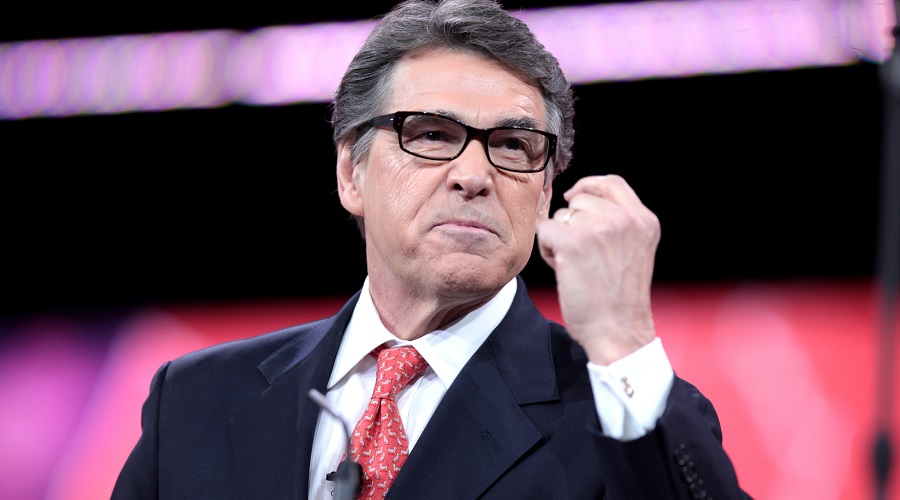
The Republican-controlled Federal Energy Regulatory Commission or FERC unexpectedly and unanimously rejected Energy Secretary Rick Perry’s plan to boost nuclear plants and slow down the closure of coal-powered plants.
According to Perry, the US’ power grid would become vulnerable if more coal-fired power plants were to close down, a common occurrence in past years as the rise of natural gas and renewable energies has pushed many coal-reliant companies towards bankruptcy. In the Department of Energy’s view, such cleaner power sources are unreliable and, thus, put the power grid in jeopardy when events such as the 2014 polar vortex in the Arctic hike electricity demand.
To counteract the effects of such situations, the Secretary’s office suggested to strengthen power plants with fuel on site, that is coal and nuclear plants. To do so, the department issued a Notice of Proposed Rulemaking which requested that FERC require utility companies to pay not just for the electricity they buy from power plant companies and supply to consumers, but also for the fixed costs associated with power plants that keep 90 days of fuel on site.
However, the Regulatory Commission said that Perry’s arguments were unfounded. “There is no evidence in the record to suggest that temporarily delaying the retirement of uncompetitive coal and nuclear generators would meaningfully improve the resilience of the grid. Rather, the record demonstrates that, if a threat to grid resilience exists, the threat lies mostly with the transmission and distribution systems, where virtually all significant disruptions occur. It is, after all, those systems that have faced the most significant challenges during extreme weather events,” today’s decision reads.
Nevertheless, the five-member bureau said it will review the resilience of the nation’s electric grid by assessing information that should be provided within 60 days by each regional market operator and other entities that oversee the grid. Once that documentation is processed, the panel will decide whether it’ll implement new measures.
According to AP, Perry thanked the federal agency for addressing his proposal. “What is not debatable is that a diverse fuel supply, especially with onsite fuel capability, plays an essential role in providing Americans with reliable, resilient and affordable electricity, particularly in times of weather-related stress like we are seeing now,” AP quotes him as saying.
Environmental advocates, business groups, some public utility companies, as well as natural gas suppliers such as Koch Industries had previously criticized the Secretary’s proposal saying it would raise prices and disrupt electricity markets by subsidizing coal and nuclear plants with billions of dollars.
2 Comments
2ndOrion
Wind is very powerful when it blows. Solar is good when there is light. Neither can be made constant, unless the power cells can be made to produce power from Infra-Red Light. Large Capacity Storage Facilities to Store the Excess Power when neither produce power will take a while to build. Nuclear or Coal are the current quickest sources of power, until large Storage Facilities can be built. Perry has point. Yes, Power Lines need to be improved, but that will take time. The Current fastest way is just to see what decommissioning can be delayed until the Current Power Infrastructure can be Improved. For the amount of lines, that may take a while.
patentbs
There are enough increased cost without adding a ‘storage fee’ for fuel. Natural gas generating stations come online quickly and are cost competitive with any power source. They do, however, add to the CO2 emissions. Only nuclear plants use a fuel source with no air emissions. Most nuclear plants can be refurbished in a cost effective manner (proven) and generate for another 40 years or so.
‘Renewables’ are not base load capable yet so can not be considered such.
Just thinkin!